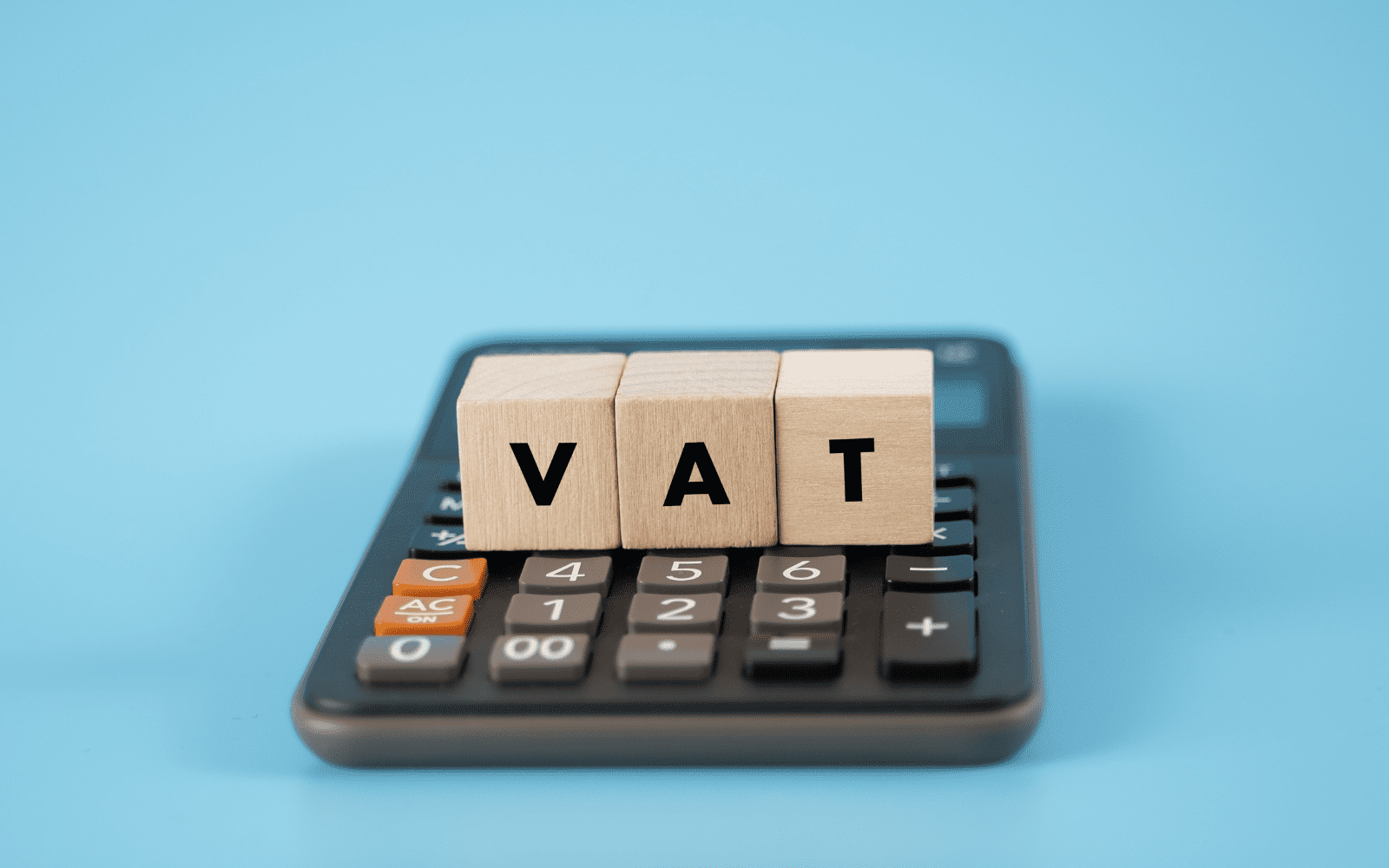R&D Tax Credit updates and how they impact your business

Background to the UK R&D regime
R&D tax reliefs are one of the most generous reliefs available to UK companies and are aimed at rewarding UK companies for investing in innovation. They are a significantly beneficial source of funding for businesses, resulting in tax savings by offering an enhanced deduction against taxable profits, or a payable tax credit from HMRC if a company is a loss-making SME. The cash tax benefit can range from 25 – 33% of the qualifying R&D spend.
Recent updates to the R&D tax relief regime
On 30th November 2021, the government published a report on the R&D tax relief regime which set out specific details on the proposed changes to the R&D tax relief rules, together with the results of research it carried out in respect of companies’ decision-making processes when preparing R&D tax relief claims.
This followed a wide-ranging review of R&D tax reliefs announced at Spring Budget 2021, which was supported by a consultation requesting views on the R&D regime as it currently stands. The purpose of the review was to ensure the UK R&D regime is aligned with modern R&D methods, is competitive on a global scale and is not open to abuse.
The report published in November 2021 includes a summary of the consultation responses and outlines next steps for the review. The government has confirmed that the review is ongoing and will continue to consider reforming other aspects of the R&D regime.
The government has an ambitious target to raise total investment in research and development to 2.4% of UK GDP by 2027. R&D tax reliefs pay an important role in incentivising this investment by providing generous tax reliefs to companies undertaking qualifying R&D. It is therefore important to ensure that the reliefs remain up-to-date and well targeted.
Proposed changes to the regime from 1st April 2023
Inclusion of data and cloud computing costs
With effect from 1st April 2023, the scope of qualifying expenditure will be enhanced to include costs on data and cloud computing. This will include expenditure on licence payments for datasets and expenditure on cloud computing costs that can be attributed to computation, data processing and software, which will all be treated as qualifying expenditure for R&D tax relief purposes. Any general overhead payments relating to virtual servers or data storage will be ineligible.
This poses the question of how companies will be able to differentiate between eligible and ineligible datasets and cloud computing costs. We understand that HMRC have requested views on how this could be achieved in practice.
This extension of scope in respect of qualifying costs is expected to be of great benefit to businesses that are using modern technology for their R&D projects. As such, this welcome announcement is expected to benefit technology-driven fast growth businesses.
Refocusing the reliefs towards innovation in the UK
Two significant changes were announced as part of the November 2021 report, in respect of restructuring R&D activities to those carried out in the UK. These are as follows:
- Where companies subcontract R&D activity to a third party, the subcontractor costs will only be eligible if the third party carries out work in the UK; and
- Where companies incur expenditure on payments to externally provided workers, the costs will only be eligible where the workers are paid through UK payroll.
Although companies will still be able to claim for the costs of inputs such as clinical trial costs, consumables, data and cloud computing costs sourced overseas, the restrictions to subcontractor and externally provided worker costs will have an impact on a significant number of companies. There may also be practical challenges for businesses to identify what work is undertaken in the UK, particularly in respect of work performed by third parties.
The Government is encouraging relevant businesses to share their views as it is keen to understand if there should be any narrow exceptions to these rules.
Abuse and compliance
Concern over abuse and boundary-pushing involving R&D tax reliefs has grown in recent years. The report highlights these concerns, particularly by R&D advisors with limited tax experience who have been involved in submitting ‘dubious’ claims where qualifying R&D criteria has not been met. The report makes particular reference to this recent emergence of R&D ‘advisers’, who are typically not members of professional bodies, cold-calling businesses, suggesting they could make an R&D claim.
HMRC has already allocated additional resources to R&D tax relief compliance and is undertaking work to better understand the nature and scale of the error and fraud associated with the reliefs. As part of the next stage of this strategy, HMRC will further increase the resource for R&D tax credit compliance, with the creation of a new cross-cutting team focused on abuse.
The Government has also proposed that all claims from April 2023 will be subject to the following rules:
- Companies will need to notify HMRC in advance that they plan to make an R&D claim;
- All claims will have to be made digitally (except from those companies exempt from the requirement to deliver a Company Tax Return online);
- A requirement for documentation to provide a breakdown of expenditure and key details on the R&D activities undertaken, including the scientific and technological uncertainties and advances;
- All claims will have to be endorsed by a named senior officer of the company; and
- Claims will need to include details of any agent who has advised the company on compiling the claim.
Stronger compliance checks may give rise to concerns over the growing complexity of the R&D claims process. However, other R&D updates suggest that this process will be made fairer and more seamless. This measure is understandable and unlikely to significantly hinder UK businesses.
Next steps
The Government is welcoming responses to the report, with a deadline of 8th February 2022. It is expected to publish draft legislation for the changes set out above in the summer of 2022 and invite views from stakeholders on the detailed implementation of these measures. Legislation will then be included in Finance Bill 2022-23 and the changes will come into effect from April 2023.
How can Finerva help?
The R&D tax rules are complex and can be difficult to navigate. It is therefore important for businesses to seek specialist advice. Finerva supports businesses in preparing and submitting their R&D claims. We are experts in the field and understand HMRC’s specific requirements, enabling businesses to get the most out of their R&D tax benefits. If you would like to speak to a member of our team about the R&D tax relief updates, your eligibility and how Finerva can help, please reach out to us at 020 3422 9804 or request a call on our website.
The information available on this page is of a general nature and is not intended to provide specific advice to any individuals or entities. We work hard to ensure this information is accurate at the time of publishing, although there is no guarantee that such information is accurate at the time you read this. We recommend individuals and companies seek professional advice on their circumstances and matters.




